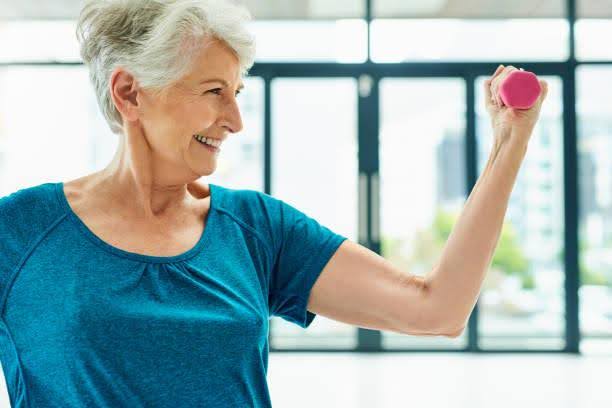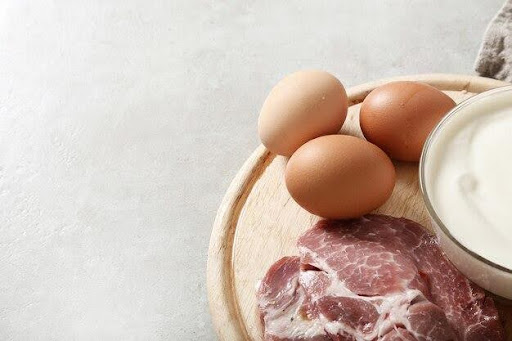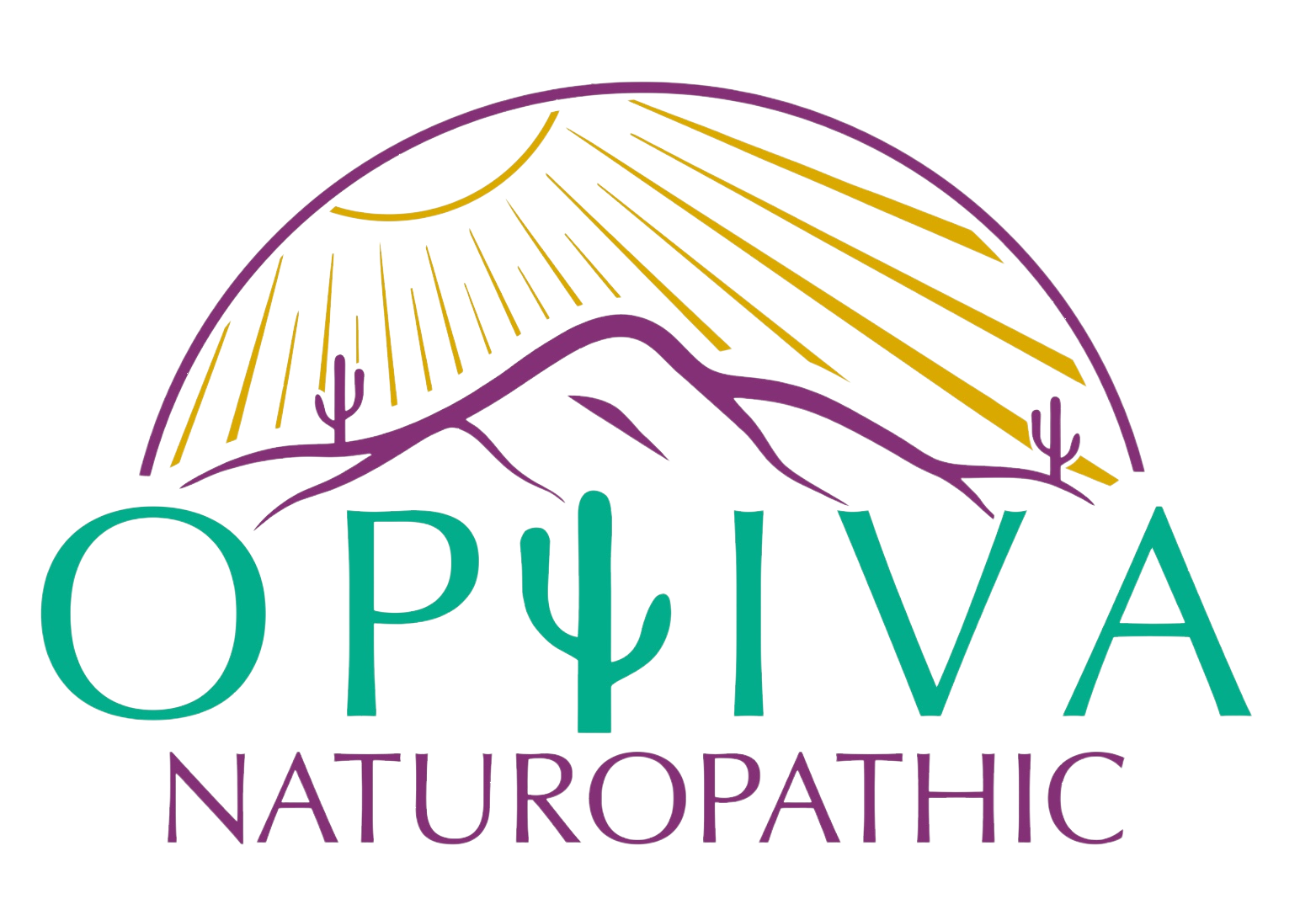
What is Osteoporosis?
Osteoporosis, according to the NIH, is defined as disease of the bone resulting from decreased bone mineral density, and bone mass resulting in remodeling of the bone, and decreased bone strength. These decreases lead to increased risk of fractures most commonly in the lumbar spine, hip and radius (forearm). Osteoporosis is commonly known as a “silent” disease, due to the slow deterioration of bone that does not produce symptoms until its already too late and a bone is broken. While this is typically considered a disease of “aging” populations, postmenopausal women, and older men, it can also show up at earlier ages with consumption of certain medications (cancer medications, steroids, proton pump inhibitors, SSRI/s, diabetes medications), hormone imbalance, hyperthyroidism, or idiopathic juvenile osteoporosis. Other risk factors may include female sex, age >65, slender body frame, family history, Low estrogen or Testosterone, excessive dieting, low protein intake, inactive or sedentary lifestyle, heavy intake of alcohol, smoking, and certain medical conditions (National Institute of Health, 2022).
An assessment is completed during a physical exam with your physician starting at age 65, showing signs and symptoms including loss of height or weight, postural/balance or gait changes, and decreased muscle strength. Diagnosis involves completion off a non-invasive whole body x-ray scan called a DEXA scan (duel-energy xray absorptiometry) which compares BMD (bone mineral density) of your spine and hip against a young/healthy population. A T-score of -1-2.5 standard deviations below normal is osteopenia (weakening of the bone), a T-score of less than -2.5 is osteoporotic.
Prevention and Treatment:
Have no fear, there are various actions you can take to prevent disease, including:
- Resistance Training or weight-bearing exercise 3-4x/week
- Walking 30min 5days per week
- Limit/avoid alcohol and smoking
- Daily sunshine in early morning or late afternoon to increase natural production of Vitamin D
- Increase protein intake from whole food sources (organic, pasture-raise, free range grass-fed ruminant animals, wild caught fish, pasture-raised eggs), liver/organ meats
- Eating a nutrient dense diet high in Vitamin K2, D3, calcium, magnesium, and other minerals coming from grassfed butter, A2 dairy (yogurt, cheese), and raw sauerkraut (Laird, et al., 2017).
- Supplementing with K2/D3 or other therapeutic interventions


Vitamin K2?
Vitamin K2 is a fat-soluble vitamin that has been has potentiated as one effective therapeutic nutritive supporting the mechanisms of vitamin D and maintaining bone mineral density. Although Vitamin K2 has been long studied as a vitamin necessary for clotting factors, its MK-7 form has been found to be the most bioavailable and contribute to assist in the process of bone remineralization.
A study by Huang, et al., (2014) was compiled to identify the role of Vitamin k2 in the prevention and treatment of osteoporosis in postmenopausal women. The mechanism of action of vitamin K2 functions to inhibit apoptosis, allowing the number of osteoblasts, osteocalcin, and matrix Gla proteins to be maintained. Therefore, allowing bone remineralization to occur resulting in increased bone mineral density. Results of the study by Huang, et al., (2014) found significant improvements in the vertebral BMD compared to baseline in the osteoporotic groups supplementing with vitamin K as well as osteocalcin, and a reduction in levels of undercarboxylated osteocalcin. Thus, resulting in an increased bone mineral density and reversal or great treatment for osteoporosis. By increasing bone mineral density and osteoblastic activity via mechanisms of Vitamin K2, will also reduce risk of fracture due to stronger bones if an event were to occur (Huang, et al., 2014).
In summary, while the importance of nutrition, exercise, and lifestyle medicine is the primary goal and focus for prevention, for some individuals other medical interventions may be necessary. Each individual should discuss your health with your primary care physician on an individual basis as this is not medical advice and should not be taken as a substitute for a visit with your health care provider.
Disclaimer: The content of this site is for informational and educational purposes only and is not a substitute for professional medical advice or consultations with your health care professional.
References:
Huang, Z.-B., Wan, S.-L., Lu, Y.-J., Ning, L., Liu, C., & Fan, S.-W. (2014, December 4). Does Vitamin K2 Play a role in the prevention and treatment of osteoporosis for postmenopausal women: a meta-analysis of randomized controlled trials. International Osteoporosis Foundation and National Osteoporosis Foudantiion, 1(26), 1175-1186.
Laird, E., Molloy, A., McNulty, H., Ward, M., McCarroll, K., Hoey, L., . . . Casey, M. (2017, May 1). Greater yogurt consumption is associated with increased bone mineral density and physical function in older adults. Osteoporosis International, 8, 2409-2419.National Institute of Health. (2022, December). Osteoporosis. Retrieved from National Institute of Arthritis and Musculoskeletal and Skin Disease: https://www.niams.nih.gov/health-topics/osteoporosis
